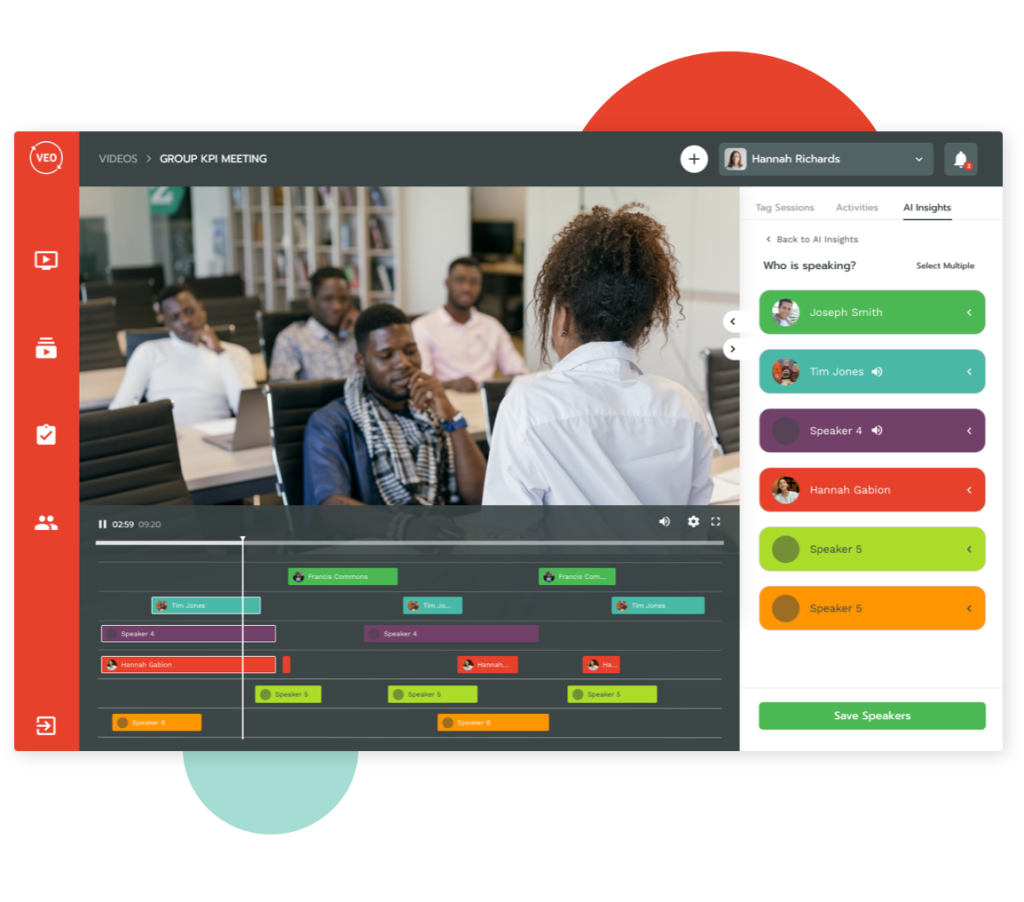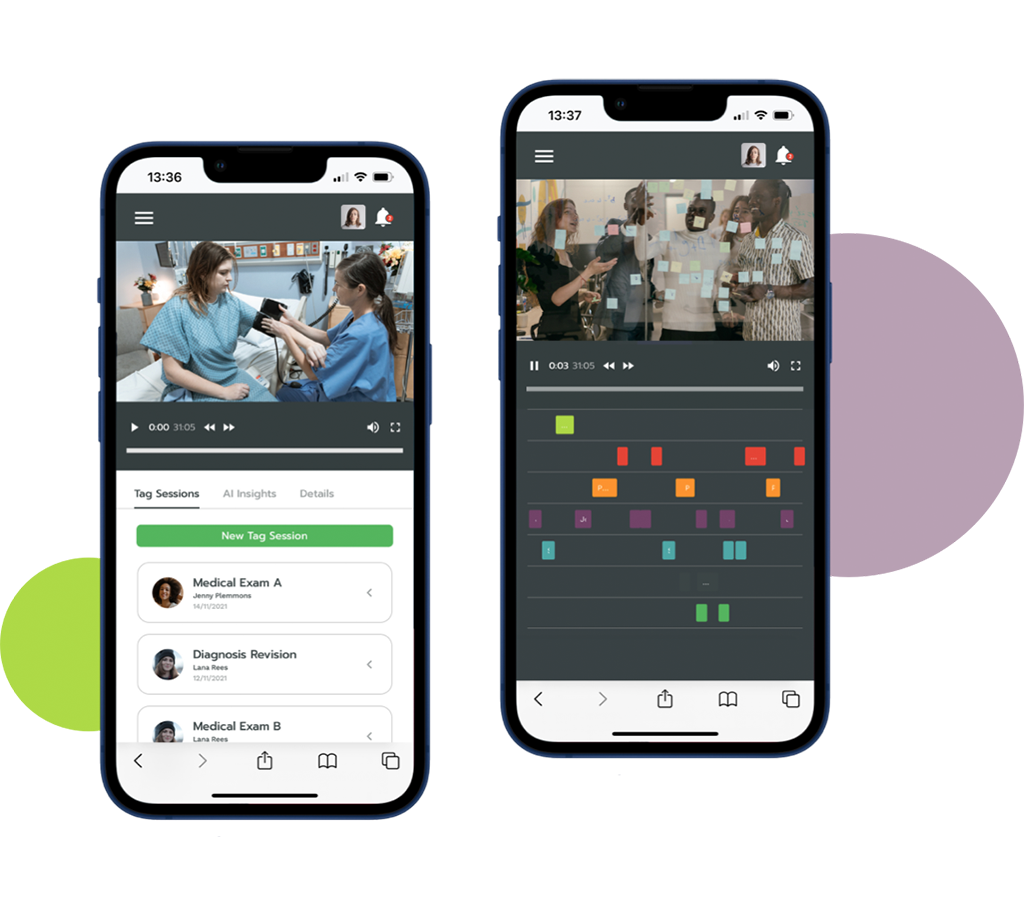Ask any teacher what the hardest part of their job is, and the chances are they’ll tell you it’s the stress. Late nights, early mornings, working after hours and having very few breaks can take a serious toll on anybody, but for teachers it’s seen as ‘part of the job’.
However, with a bit of forward planning, tactical prioritisation, and a little help from technology, you could shave a few minutes, or even hours off your week. Here’s a couple of ways how:
1. Avoid multitasking (where possible)
The ability to multitask is often seen as one of the greatest productivity skills that you can have. But in truth, multitasking could be killing your productivity, taking up additional hours of your workday.
Multitasking usually involves a lot of switching back and forth between tasks, but research shows that it takes, on average, over 20 minutes to get back into the flow of what you were doing after switching tasks. So a quick 5 minute email reply is actually a 25 minute email reply.
We know what you’re thinking, “I’m a teacher, all I do is multitask!”, and that might be true, but there a few small changes you can make to reduce the number of concurrent tasks you’re committing to at any one time.
One tip is to do all your similar tasks together (also known as ‘batching’). If you have to nip to the printer, think what else you might need to print or copy and do it all at the same. If you have a stack of papers to grade, set aside a chunk of time to do it in, rather than doing one every time you have 5 minutes.
Perhaps the most effective forms of batching is with your emails. Check your emails in bulk at set times in the day (in the morning, after lunch, at the end of the day). This way you’ll avoid getting side-tracked throughout the day. If you’re a people pleaser and can’t stop yourself from replying to emails straight away, try setting focus times on your computer to mute notifications between certain hours (you can always set VIP contacts for those extra important emails).
2. Learn how to say “No”
On the topic of people-pleasing, some teachers can find it very hard to say no to people, whether it’s to students, parents, peers or superiors. When you spend all day trying to help others, it’s easy to say yes to everything that’s asked of you, but keep doing this and you’ll have no time left to do your job. This is especially a problem for younger, early career teachers, who are eager to please everyone they can.
Instead, the next time somebody asks you for something that you don’t have time to do, just say no. The key here is to be firm, but polite with your response. Instead of just saying “no I can’t”, try saying “I’m sorry but I really don’t have the capacity for that right now” or “Now’s not the best time for me. If my schedule opens up, I’ll let you know”.
It’ll be hard at first, but it gets easier the more you do it, and you’ll definitely appreciate the added time that you get in the day.
3. De-clutter your desktop (both physical and virtual)
Think about the amount of time you spent over the last week shuffling through papers and rifling through drawers trying to find that one report, folder or piece of stationary.
It’s a problem that almost all teachers face, but having a neat, organised desk will save you potentially hours over the span of a month.
Set up dedicated inbox/outbox areas for the everyday papers that land on your desk, establish an organised colour scheme for different subjects/years, and try to take as much paperwork off your desk as possible.
The same also goes for your virtual desktop. A clear, established folder structure can save you numerous lost minutes searching for files.
4. Embrace learning tech
Learning technology, such as VEO’s video enhanced feedback and observation software can help teachers to take back valuable time in the day.
As an early career teacher, self-reflection is a huge part of the training process, and it can often be hard for ECTs to find time to reflect. VEO‘s mobile app allows ECTs to reflect at a time that’s best for them, whether it’s at home, in the break room or between classes. This can take the urgency off reflection, allowing teachers to concentrate on other areas of their roles.
VEO can also allow teachers to embrace collaboration and nurture improvement by sharing new ideas, best practice, and expert knowledge between colleagues quickly and easily. Through VEO, teachers can collaborate with each other by securely sharing, tagging and reviewing videos at an individual, organisational or even global scale, helping to create powerful individual and organisational growth.
Want to try VEO in your classroom?
VEO is helping experienced and early career teachers across the world to take back their time with video feedback and lesson observations, enabling them to get more out of their day.
Get in touch today to book a demo and see how VEO could work for you.










